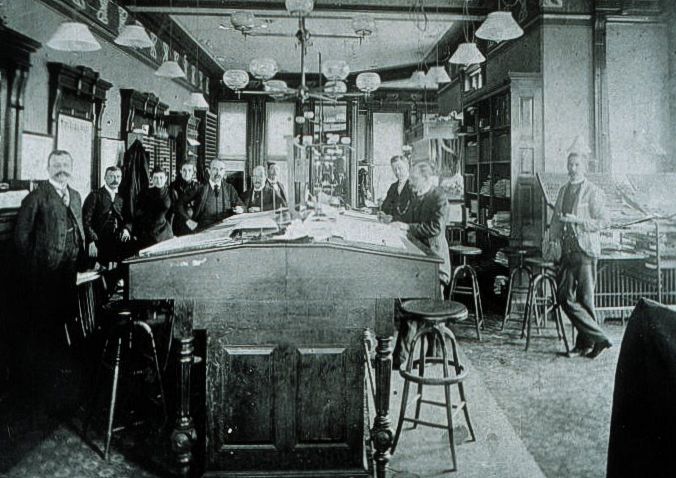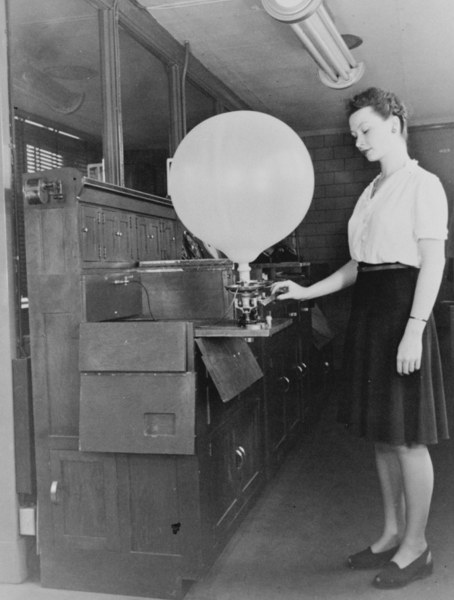Introduction to the National Weather Service
The National Weather Service we know today started on February 9, 1870, when President Ulysses S. Grant signed a joint resolution of Congress authorizing the Secretary of War to establish a national weather service.
The National Weather Service we know today started on February 9, 1870, when President Ulysses S. Grant signed a joint resolution of Congress authorizing the Secretary of War to establish a national weather service.
This resolution required the Secretary of War...
"to provide for taking meteorological observations at the military stations in the interior of the continent and at other points in the States and Territories...and for giving notice on the northern (Great) Lakes and on the seacoast by magnetic telegraph and marine signals, of the approach and force of storms."
After much thought and consideration, it was decided that this agency would be placed under the Secretary of War because military discipline would probably ensure the greatest promptness, regularity, and accuracy in the required observations.
Within the Department of War, it was assigned to the Signal Service Corps under Brigadier General Albert J. Myer. General Meyer gave the National Weather Service its first name: The Division of Telegrams and Reports for the Benefit of Commerce.
Later that year, the first systematized, synchronous weather observations ever taken in the U.S. were made by "observing-sergeants" of the Army Signal Service at 22 stations and telegraphed to Washington. An agency was born which would affect the daily lives of most of the citizens of the United States through its forecasts and warnings.


In 1890, the weather service is first identified as a civilian agency when Congress, at the request of President Benjamin Harrison, passes an act transferring the meteorological responsibilities of the Signal Service to the newly-created U.S. Weather Bureau in the Department of Agriculture.
The Weather Bureau remained under the Department of Agriculture until 1940 when it was transferred to the Department of Commerce. The Weather Bureau was renamed the National Weather Service and, in 1970, was placed under the newly created National Oceanic and Atmospheric Administration (NOAA), which remains under the Department of Commerce.
The National Weather Service provides weather, hydrologic, and climate forecasts and warnings for the United States, its territories, and adjacent waters and ocean areas, for the protection of life and property and the enhancement of the national economy.
NWS data and products form a national information database and infrastructure which can be used by other governmental agencies, the private sector, the public, and the global community.
This mission is accomplished by providing warnings and forecasts of hazardous weather, including thunderstorms, flooding, hurricanes, tornadoes, winter weather, tsunamis, and climate events. The NWS is the sole United States official voice for issuing warnings during life-threatening weather situations.


